Who invented the very first headphones?
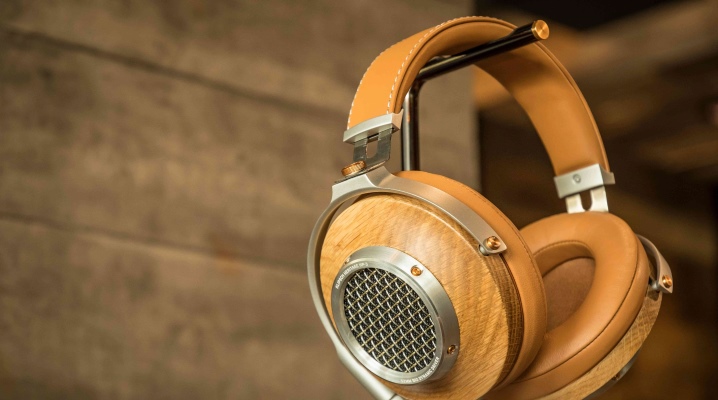
Almost every smartphone user has headphones in the box today. They have ceased to be an attribute of sound recording, DJing, gaming and other areas where you cannot do without this device. But the huge path that headphones have made from devices far from comfort to miniature wireless gadgets is no less interesting than new technology.
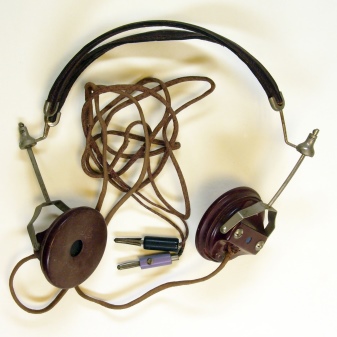
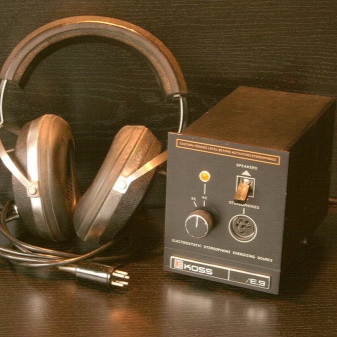
What year did they appear?
The history of the creation of headphones goes back to the 19th century. Perhaps humanity owes the appearance of this device to Electrophone.... Its specialists created technology that allowed the company's clients to listen to musical works, including opera parts, without being in the theater. Customers received a massive structure that had to be worn over the head. The sound went to the speakers that were located in front of the ears.
It is definitely impossible to call the very first headphones in the world comfortable, but this is exactly what they looked like. Of course, this invention also had predecessors. For example, radio operators had something similar. But there was only one earpiece, and the very quality of its connection left much to be desired. And here you should definitely tell about Bella's assistant, Ezra Gilliland. In 1881, a woman suggested fixing the telephone parts to a metal bar. And the big three-kilogram structure was moved to the head. The decision might seem awkward and unnecessarily complicated, but it can be considered the first telephone headset.
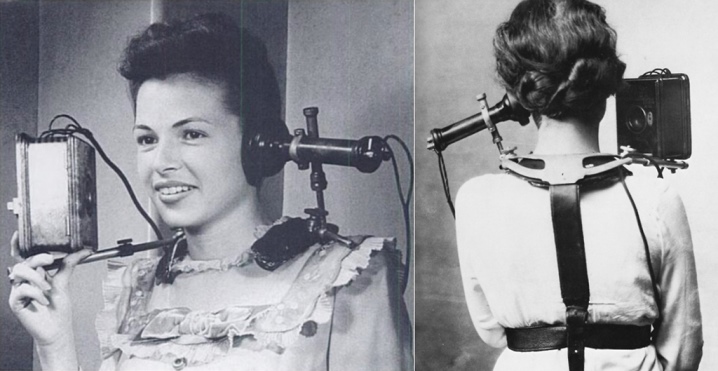
Around the same years Ernest Mercadier, French designer, improved telephone receivers and created sound repeaters that are compact... They fit in the ears and weighed 1 3⁄4 ounces. Well, the most famous and closest to the modern understanding of headphones invention was the development of Nathaniel Baldwin. An American from Utah invented a prototype of a telephone headset, and he sent his own designs to the state military. Baldwin's invention was not immediately appreciated by the military. The funds that could go to create working models were not allocated to him. And at first, an enterprising inventor began to do this for his own money.
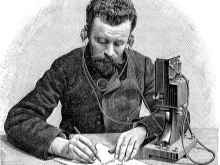
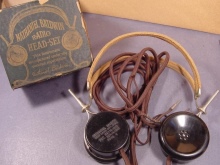
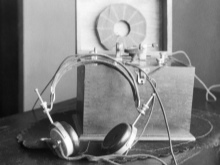
Soon, the navy nevertheless drew attention to what Baldwin had created, several changes were made to his drawings, and the updated version became the basis for ordering headphones. The engineer was invited to a military laboratory. But for certain reasons (Baldwin was a Mormon), he could not move out of the state, and a large company had to build a factory in Utah. So, headphones began to be produced not only for military purposes, but also for civilian use.

Evolution
In the 30s of the last century, headphones are already widely used for communication, devices appear in the homes of residents of large cities. And more and more often the listener decides to receive programs on the radio with headphones. Of course, the design itself and the technological profile were still far from comfortable use. Moreover, listening to music in them was still a challenge, but the revolutionary beginning was felt, and people wanted to be witnesses and consumers of it.
This request was felt by Eugen Bayer, an 18-year-old Swede, at the time the "Elon Musk" of audio equipment. In 1926 he founded the Elektotechnische Fabrik Eugen Beyer company. At first it specialized in the production of microphones, but in 1937 the production of headphones began. It is still impossible to say that these were all headphones for the mass consumer.The world of technology in this regard was stirred up by another company only after a couple of decades.
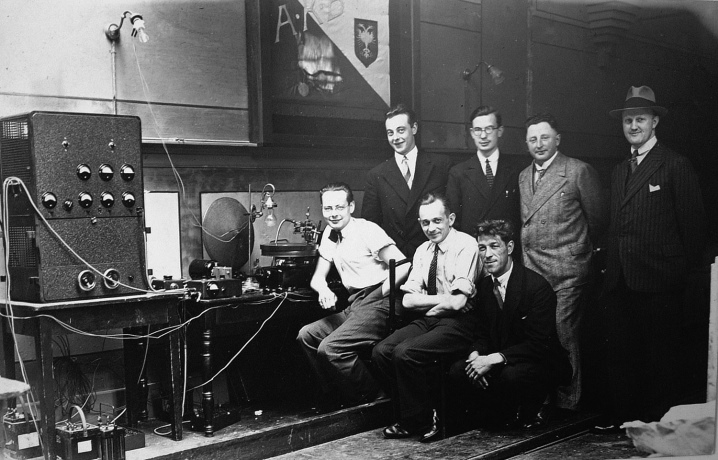
But the next round of evolution of headphones had to wait a long time, only in 1957 the Koss Corporation managed to create a stereo headphone. DJaune Koss, the founder of the company, realized that invention needed to be emphasized, and managed to direct his efforts towards creating a private music listening system. It was a phonograph, a loudspeaker, and a headphone jack.

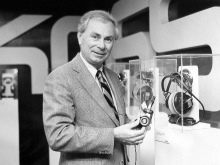
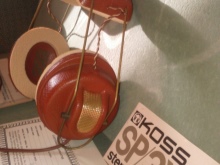
But such a system was still not directly headphones, so Koss instructed audio engineers to improve the design. AND talented inventors together came up with a design of two plastic cups, inside of which there are 3-inch speakers. This design became known as the Koss SP-3, and the “gadget” was highly appreciated by music lovers.
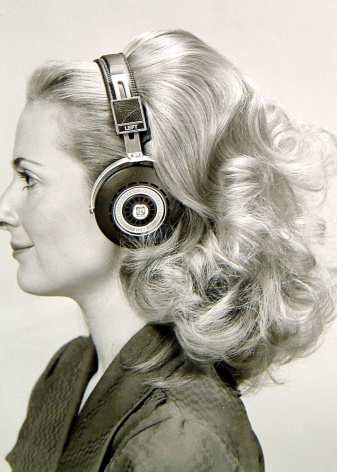
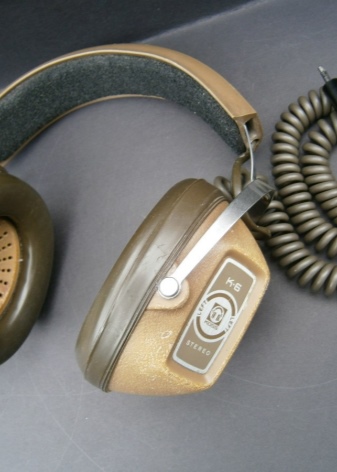
The important stages in the evolution of headphones are as follows.
- 1964 year. At this time, a 3.5 mm audio jack appeared. Sony released a portable radio, there was nothing special in sound delivery, but the mini-jack was a revolutionary technological step.
- 1979 year. True, the release of mass production with this connector happened only 15 years later - Sony released the Walkman TPS-L2 stereo player.
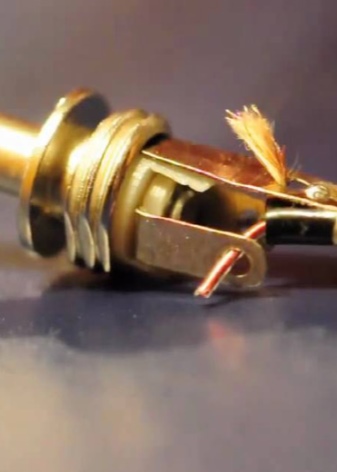
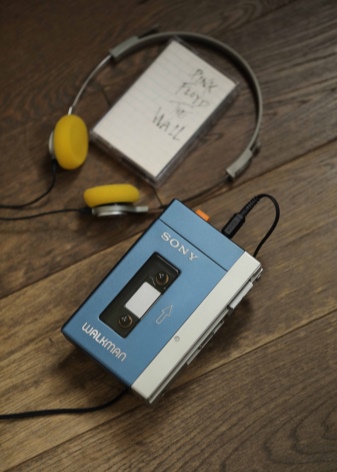
And further in the history of the development of headphones there were many offshoots and the appearance of devices, which, however, were based on old principles. But if the noise canceling function, launched in the design for aviation, appeared in 1986, it did not appear on the market for the mass consumer until 2000.
By the way, the first wireless headphones appeared in the early 90s of the last century. The same Koss company developed a model that allowed an infrared beam to be connected to a sound source or an amplifier using a set-top box (it came with the kit). And in 1998, Recoton saw a new opportunity in the development of wireless technology - Bluetooth. In 2004, a system based on this technology was first released.
And in 2005, headphones appeared on the market that used the capabilities of the Wi-Fi wireless network.
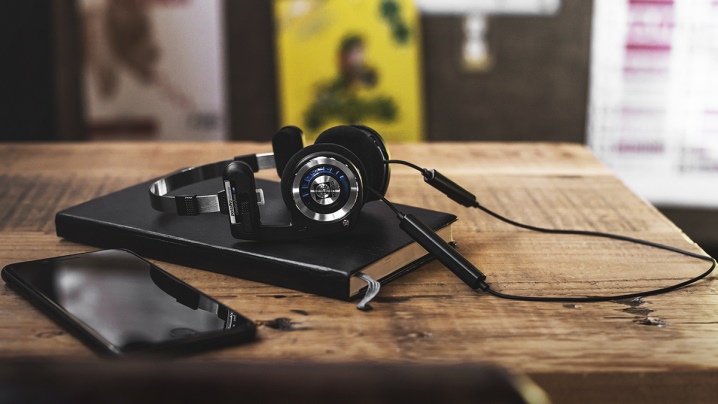
Headphones in the modern world
Today, experts say, there is a boom in the segment of technology such as headphones. So, in 2018, the market for this electronics (that is, what the consumer has already bought) was estimated at more than $ 10 billion. And the forecast that these values will increase has already been made - in 7 years they will double. Apple is considered the flagship in this industry. They ditched the standard 3.5mm audio output. And this decision forced competitors to follow the same path. And then the famous AirPods were released - a breakthrough device in its segment, what today is rightly called "smart" technology.

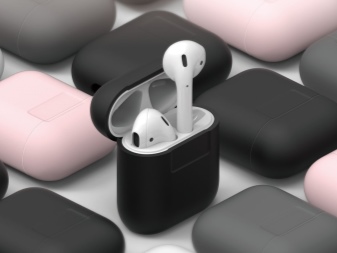
Headphones are priced across different segments today. Fitness gadgets and gaming systems are produced separately. Music, entertainment, virtual reality also provoke the release of headphones according to their requirements. Here are the main trends in the modern headphone market.
- Apple's not all new products turn out to be 100% successful, but it is this company that pushes the market forward today - it is they who introduced fully wireless "ears", and it is the representatives of this company that make new devices for real use, and not for an updated design or minor improvement.
- The emphasis is on noise canceling headphones. They manage to capture ambient sounds, create a mirror copy of them and send them to the auditory analyzer. When two waves have an overlap, there is a feeling of silence. Active noise cancellation technologies are developing, and they come, including, in the in-ear compact headphones that are especially in demand today.
- The manufacturer relies on sound quality. This means that the race for no wires may still become secondary. The growth of the quality of the music being played is the main benchmark in the market.
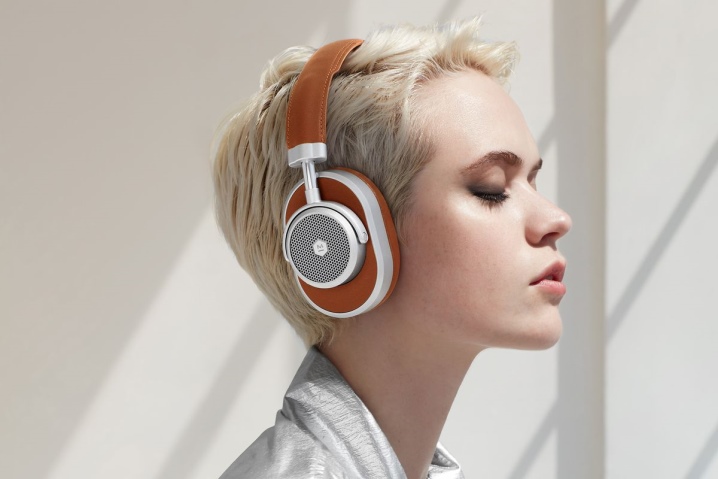
And even more important today is the speed of access to voice assistants, the maximum active battery life, as well as the minimum audio delay from the sound source to the received device. I would like to believe that the most interesting evolutions of headphones will take place in the coming years.
For the history of the origin of headphones, see the following video.













The comment was sent successfully.